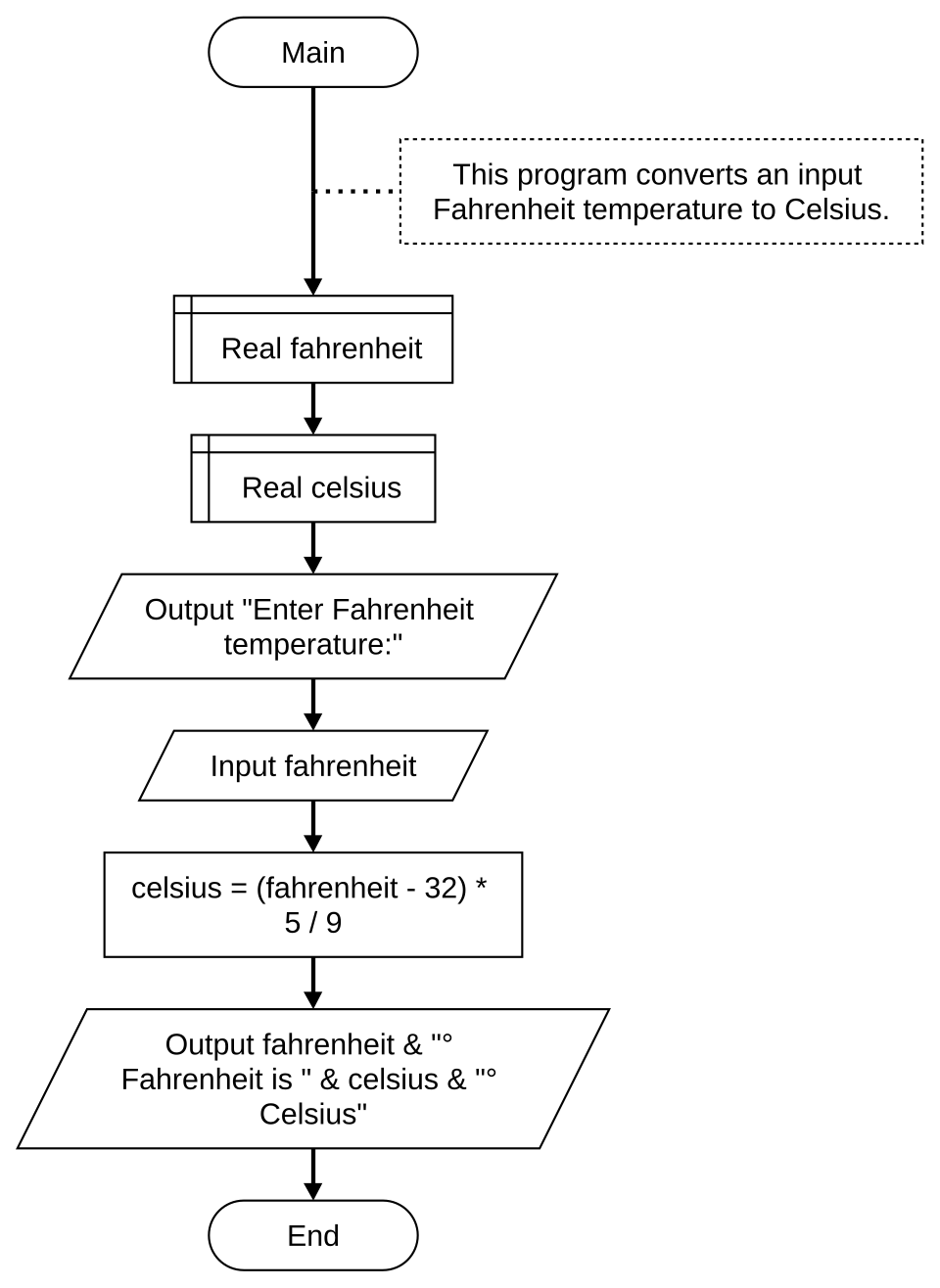IB Syllabus focus:
‘Worldviews—shared lenses shaped by culture, philosophy, religion and politics—influence values and perspectives. An environmental value system models inputs (media, education, worldviews) and outputs (judgements, positions, choices, actions). Online connectivity broadens exposure; classification models are imperfect.’
Worldviews and environmental value systems (EVSs) shape how individuals and societies perceive environmental issues. They define attitudes, guide decisions, and influence responses to ecological challenges globally.
Worldviews
Shared Lenses
A worldview is the collective framework through which people interpret the world, shaped by culture, philosophy, religion, and politics. These factors combine to provide a set of guiding principles that affect how humans interact with nature.
Culture provides traditions, norms, and practices that define what is acceptable or valuable in relation to the environment.
Philosophy contributes logical reasoning and ethical considerations for environmental debates.
Religion can dictate moral obligations towards nature and stewardship.
Politics frames environmental issues within governance, policy, and power structures.
Environmental Value Systems (EVSs)
Definition and Role
Environmental Value System (EVS): A worldview or paradigm that shapes how individuals or societies perceive and evaluate environmental issues, influenced by education, media, cultural norms, and personal experience.
An EVS is a conceptual model that explains how inputs shape values and lead to outputs in behaviour:
Inputs: media, education, cultural traditions, scientific knowledge, personal experience.
Outputs: judgements, positions, choices, actions regarding environmental management.
This model helps explain why different societies respond differently to the same environmental challenges.
The EVS Model
The EVS process can be understood in terms of inputs and outputs:
Inputs
Media influence (e.g., documentaries, social media campaigns).
Education and scientific research.
Broader worldviews shaped by cultural or religious contexts.
Outputs
Judgements (e.g., defining whether deforestation is harmful or acceptable).
Positions (e.g., support for conservation versus economic development).
Choices (e.g., consumer preferences, voting behaviour).
Actions (e.g., participation in environmental protests, policy-making).
This framework highlights the complex pathways from belief to action.

This diagram depicts a basic input–process–output model that mirrors an environmental value system: inputs (for example, media, education, worldviews) are transformed into outputs (judgements, positions, choices, actions). Its simplicity aligns with the syllabus emphasis on modelling EVSs as inputs and outputs. Source.
The Influence of Online Connectivity
Expanding Perspectives
Online communication has transformed environmental worldviews by exposing individuals to diverse perspectives beyond local cultures and traditions. The rise of social media networks allows rapid sharing of information, amplifying both scientific findings and activist movements.

This sociogram shows individuals (nodes) connected by relationships (edges), a clean representation of how connectivity enables ideas, norms and perspectives to spread quickly across networks. It directly supports the syllabus point that online connectivity broadens exposure and shapes values and positions. Source.
Increased exposure to global environmental issues (e.g., climate change activism).
Greater awareness of alternative viewpoints and solutions.
Risks of misinformation or oversimplification of complex environmental problems.
This global connectivity reinforces the dynamic and evolving nature of EVSs.
Classification of Environmental Value Systems
Imperfect Models
Attempts to classify EVSs into categories (such as technocentric, anthropocentric, or ecocentric) provide useful teaching tools but are imperfect. In practice, individuals and societies often hold mixed or shifting positions depending on context.
A person may hold technocentric views when supporting renewable energy innovations.
The same person may show ecocentric behaviour when advocating for wildlife preservation.
Classification oversimplifies the complex and fluid nature of real-world perspectives.
Factors Shaping Worldviews and EVSs
Key Drivers
Worldviews and EVSs do not exist in isolation. They are influenced by a variety of dynamic factors:
Education: Provides scientific understanding and critical thinking.
Economic priorities: Nations dependent on resource extraction may prioritise development over conservation.
Religious teachings: Some traditions emphasise stewardship, while others stress dominion over nature.
Political systems: Authoritarian governments may suppress environmental activism, while democracies may encourage debate.
Media narratives: News framing shapes public perception of urgency and responsibility.
Importance in Environmental Decision-Making
Linking Worldviews to Policy
Worldviews and EVSs directly affect environmental decision-making at both individual and institutional levels:
Governments make policies aligned with dominant societal values.
NGOs and activists appeal to shared moral or ethical perspectives.
Citizens act in daily life based on personal worldviews, such as recycling or energy use.
Recognising the role of EVSs enables better understanding of conflicts in environmental debates and helps policymakers design strategies that resonate with diverse populations.
Tensions and Overlaps
The Complexity of Perspectives
Because EVSs are shaped by multiple factors, they often overlap or even conflict within individuals, communities, and nations.
Internal tension: An individual may support conservation but still consume unsustainable products.
Societal tension: Economic growth policies may conflict with conservationist values.
International tension: Developed nations with post-industrial economies may prioritise ecological sustainability, while developing nations emphasise industrialisation.
Understanding these tensions is crucial in predicting how societies might respond to environmental challenges.
FAQ
In industrialised nations, EVSs often emphasise conservation, renewable energy, and sustainable consumption because basic needs are already met.
In developing nations, EVSs may prioritise economic growth, food security, and infrastructure, with less emphasis on long-term sustainability.
These contrasts highlight how social and economic contexts shape the balance between development and environmental protection.
Classification models (technocentric, anthropocentric, ecocentric) simplify complex human perspectives into categories.
In reality, individuals frequently hold overlapping or mixed positions. For example:
Supporting technological solutions (technocentric) while valuing conservation (ecocentric).
Prioritising human well-being (anthropocentric) yet engaging in sustainable practices.
Such fluidity makes strict classification an approximation rather than a true reflection of human attitudes.
Media framing influences which aspects of an environmental issue are emphasised.
For example:
A news outlet may stress economic impacts of climate policies, leading to anthropocentric interpretations.
Documentaries may highlight biodiversity loss, fostering ecocentric responses.
Repetition and framing determine whether issues are viewed as urgent, solvable, or distant concerns.
Connectivity strengthens EVSs by exposing people to global environmental campaigns, fostering cross-cultural learning and activism.
It can also weaken EVSs by spreading misinformation, polarisation, or superficial engagement.
The result is a double-edged influence: greater awareness but also greater vulnerability to distorted or oversimplified narratives.
Inputs such as education, religion, or politics act as starting points in the EVS model, shaping values and priorities.
For example:
Strong science education may lead to outputs like policy support for renewable energy.
Religious teachings about stewardship may result in conservationist choices.
By analysing inputs, researchers can anticipate patterns in outputs such as public behaviours or policy preferences.
Practice Questions
Question 1 (2 marks)
Define the term environmental value system (EVS) and outline one example of an input that can shape it.
Mark Scheme
Definition of EVS: A worldview or paradigm that influences how individuals or societies perceive and evaluate environmental issues. (1 mark)
One correct example of an input, such as media, education, cultural traditions, scientific knowledge, or personal experience. (1 mark)
Question 2 (5 marks)
Explain how worldviews shaped by culture, religion, and politics can influence the outputs of an environmental value system.
Mark Scheme
Clear explanation that worldviews act as lenses influencing values and perspectives. (1 mark)
Description of cultural influence (e.g., traditions/norms affecting environmental priorities). (1 mark)
Description of religious influence (e.g., stewardship, moral obligations, dominion over nature). (1 mark)
Description of political influence (e.g., governance, policy frameworks, power structures shaping responses). (1 mark)
Linking these worldviews to EVS outputs such as judgements, positions, choices, or actions (must mention at least two outputs explicitly). (1 mark)

